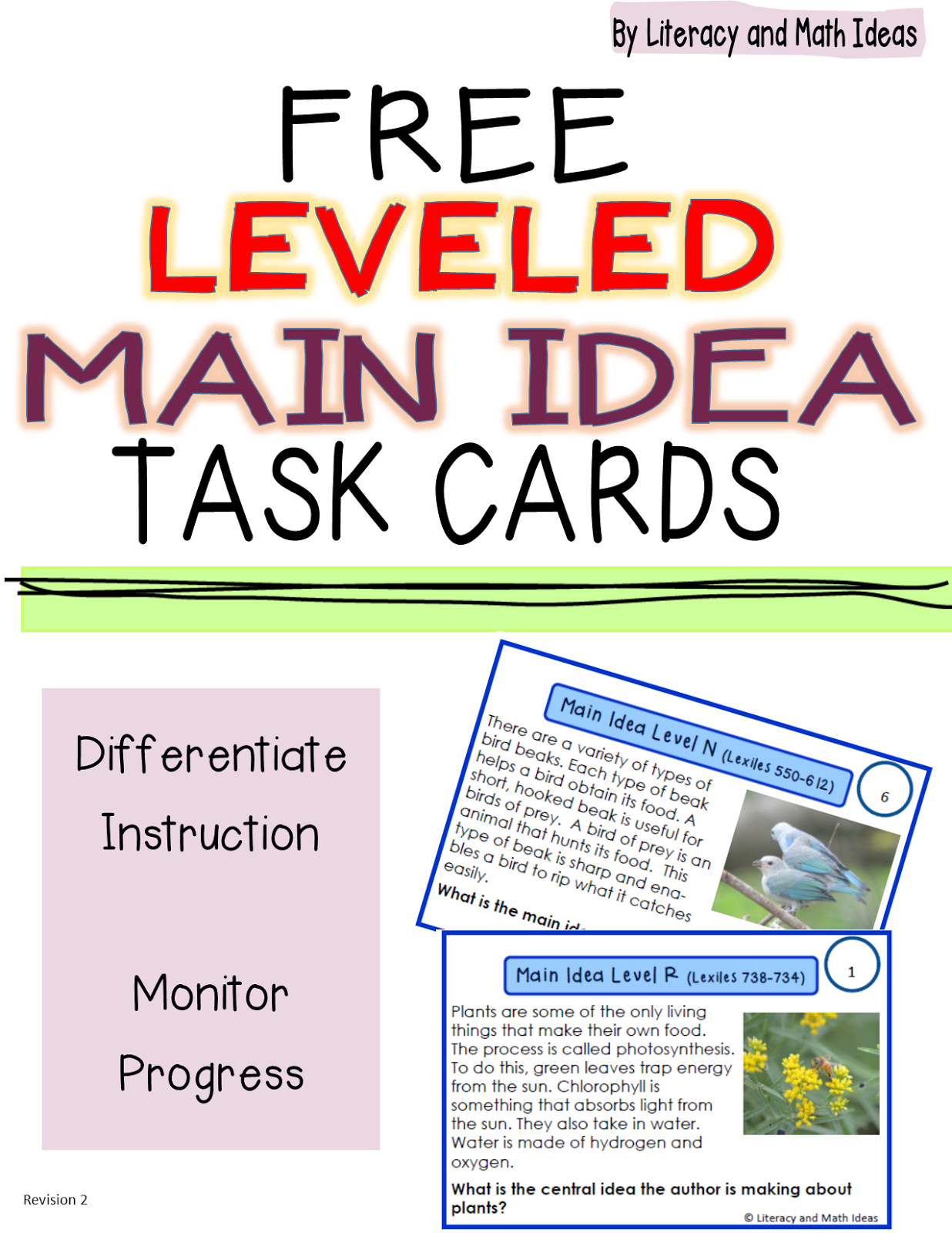
For example, this might require different lane structures, lane order, policies etc.

You can adapt the SAFe templates in LeanKit to give each team the flexibility to create the process that works for them. Even within each one of these approaches, there might be different workflows or value streams for different teams. Some might be doing Kanban on a cadence, ScrumBan, or a continuous-delivery focused Kanban. Teams in SAFe might follow different workflow processes. Team “In Process” Area - Flexibility to reflect your team process Work item dependencies captured on a physical Program Dependency Board created during PI planning can be visualized on the Team’s Kanban Board (see dependencies discussion above) through card connections.The Release Train Engineer (RTE) updates Program Risks in the Program Risks Kanban Board.The Release Train Engineer (RTE) updates ART-level PI objectives in the objectives Kanban board.
TASKCARD FOR ACCEPTANCE UPDATE
TASKCARD FOR ACCEPTANCE HOW TO
How to Plan a Program Increment (PI Planning) One of the effects of applying Kanban principles in SAFe is to deemphasize task management and focus more on story flow using the Team Kanban Board. Note that tasks can be used for team planning purpose but shouldn't be estimated. SAFe doesn't mandate breaking stories into tasks as part of iteration planning. This is well documented in the "SAFe for Teams" and "Leading SAFe" training workshops. Your potential velocity/capacity should be based on either historic data if available or a simple function of the # of people on the team, their available capacity for the iteration, and some focus factor in case historical velocity isn't available. In parallel, work out the potential velocity/capacity for the iteration and then aggregate the 5 iterations in the PI. The canonical way is familiar to Scrum practitioners, using fibonacci-scale poker planning to estimate story points for each story.

SAFe Agile Teams estimate the size of their work so that they can plan a realistic high-confidence iteration and PI. To reflect this approach, the Team Kanban Board template in LeanKit provides a horizontal lane for every team on the Agile Release Train (ART) in which they can manage their Team Backlog structured into iterations if they wish to as well as their iteration execution area. This enables different teams to see each other’s work-providing better transparency and alignment. There is a saying in SAFe that “Nothing beats an Agile team-other than a “team of agile teams.” While you can choose to have one team Kanban board per team, we recommend visualizing all teams on one board with a lane per team. They also experience their first PI Planning during which they create their Iterations Plan, which will be used to feed their Team Backlog throughout the Program Iteration (PI).



 0 kommentar(er)
0 kommentar(er)
